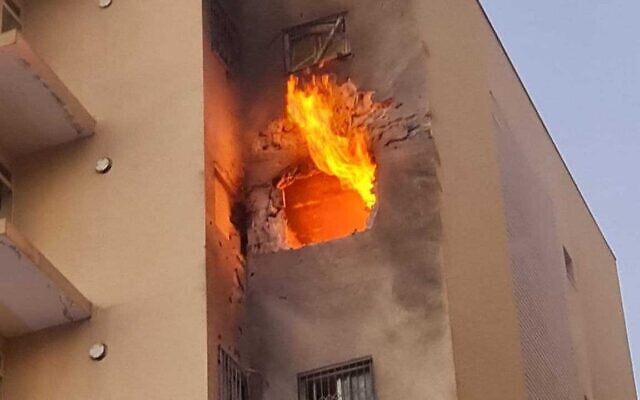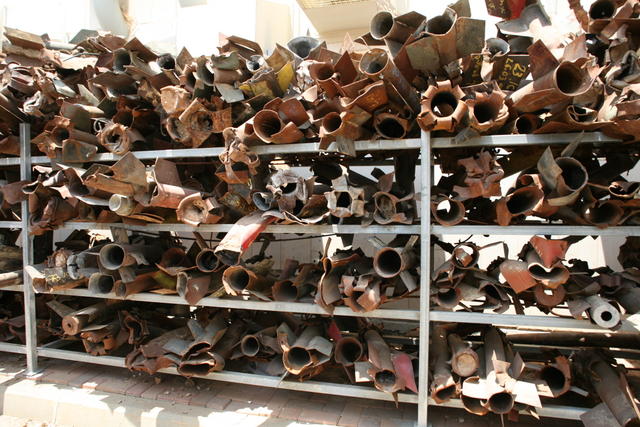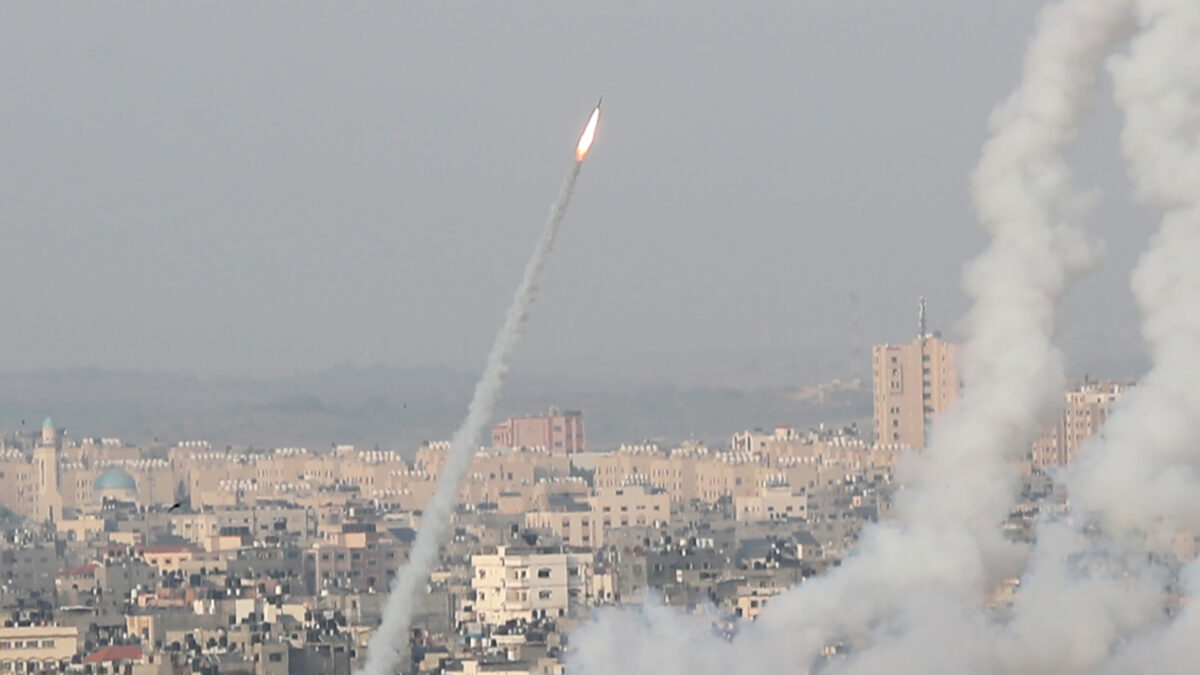What seems clear from the latest round of fighting in and around the Gaza Strip is that Hamas has improved its military capabilities since its last war with Israel seven years ago.
In the last few days, Hamas has fired a barrage of more than 1,600 rockets at Israel. Some have landed as far away as Jerusalem and Petah Tikva and as close as Sderot and Ashkelon, causing several deaths, dozens of injuries and minor to major damage to property, including apartment buildings and an oil pipeline.

Due to the fusillade of rockets, Ben-Gurion Airport was temporarily closed to incoming commercial flights on May 13 and incoming flights were directed to Ramon Airport, north of Eilat. But departing flights took off as usual, and aircraft carrying freight and private planes were allowed to land at Ben-Gurion.
The majority of the rockets have been intercepted in fiery explosions by the Iron Dome missile defence system, which has been about 90 percent effective. Upwards of 400 rockets have malfunctioned, fallen short and crashed inside Gaza.

The Israeli Air Force has destroyed the bulk of Hamas’s rocket production capabilities, pounding weapons production and storage facilities, which are scattered throughout Gaza.
On May 13, an Israeli spokesman said that Israel will continue bombing weapons caches.
Yesterday, in a joint operation with the Shin Bet intelligence agency, Israeli commandos killed four Hamas commanders and 10 technicians in Gaza working in its weapons development and production program.
Jamaa Tahla, the head of Hamas’ cyber desk, was among the dead. He was in charge of improving the accuracy of its rockets, and he doubtless played an integral role in improving Hamas’ capacity to bombard Israel’s heartland and terrorize Israeli citizens.
Militarily, the rockets are not the only problem confronting Israel.
In recent years, Hamas has a acquired hundreds of anti-tank missiles. On May 12, Hamas operatives fired a Russian-made Kornet anti-tank guided missile at an Israeli army jeep close to the Gaza border, killing 21-year-old Israeli army sergeant Omer Tabib. He was the first soldier to be killed during the current hostilities.

Reports suggest that Hamas has amassed 300 of these highly sophisticated missiles. In all probability, they were acquired from Iran, Israel’s arch enemy.
According to Israeli estimates, Hamas has replenished its arsenal since the 2014 war and now has about 7,000 rockets, perhaps even more.
Hamas, which has ruled Gaza since 2006, has come a long way in the development of its stockpile of rockets, which have been a thorn in Israel’s side since the first homegrown ones were launched in 2001, during the second Palestinian uprising.
Hamas’ current inventory of rockets is quite impressive, considering that its components must be smuggled past Israel’s land, air and sea blockade of Gaza.

The Qassam short-range rocket, the first to be produced by Hamas, has a range of up to 10 kilometres. It was deployed before Israel’s unilateral withdrawal from Gaza in 2005. The Quds rocket can reach a distance of 16 kilometres. The Grad and the Sejil rocket are both capable of hitting targets 55 kilometres away.
Hamas’ longer-range rockets, such as the M-75, the Fajr, the R-16 and the M-302, can attain distances of 75, 100, 120 and 200 kilometres respectively.
In plain language, this means that Hamas can hit Israel’s coastal plain, which contains the bulk of its population and critical infrastructure.
Israel is the strongest military power in the Middle East, but as its 2006 war with Hezbollah and its last three wars with Hamas amply illustrate, it is vulnerable to enemy rocket attacks. And as the current fighting indicates, Hamas can inflict pain and suffering on Israel.
Although Hamas manages to smuggle weapons into Gaza despite Israel’s siege, its strategy is to manufacture as many as possible locally in a network of relatively small and unobtrusive facilities. Apart from rockets, these workshops can churn out firearms, drones and gliders.
Poverty grips much of Gaza’s population, but Hamas has invested large sums of money to construct a viable arms industry. Its ally, Iran, has helped Hamas achieve this objective in just a few short years. The Iranian regime, which is extremely hostile to Israel, has provided Hamas with blueprints and trained its engineers and technicians in Iran.
With Iran’s assistance, Hamas opened an arms and munitions smuggling route through Yemen, Sudan and Egypt’s Sinai peninsula. From there, the materiel was smuggled through tunnels to Gaza.
Israel has successfully targeted some of these smuggling convoys, but most shipments have reached Gaza. The operation was managed by a Hamas commander, Mahmoud al-Mabhouh, but he was assassinated by the Mossad in Dubai in 2010.

